Living in Quincy, we treasure our unique mix of coastal beauty and green spaces. But invasive plant species threaten this harmony, outcompeting native plants, disrupting wildlife, and even affecting our yards. The good news? You can help protect our neighborhoods by learning to identify these invaders, safely remove them, and dispose of them responsibly.
What Are Invasive Plants, and Why Do They Matter?
Invasive plants are non-native species that spread aggressively, often unchecked by local predators. In Massachusetts, they harm biodiversity, clog waterways, and can become neighborhood nuisances. Keeping our parks, yards, and coastal areas healthy means staying proactive about these plants.
Common Invasive Plants
Here are some invaders you might spot in your yard, in parks, or along local paths (Information was crowdsourced from neighbors in Quincy and various online sources):
Black Swallow-Wort (Cynanchum louiseae)
What it looks like: Twining vines with small, dark purple star-shaped flowers and slender, milkweed-like pods that split to release silky seeds. The pods, about 1-2 inches long, open in late summer or fall, and the seeds are carried by wind on silky, parachute-like structures, spreading over long distances.
Why it’s a problem: Smothers native plants and harms monarch butterflies by confusing their egg-laying habits; its wind-dispersed seeds make it highly invasive.
Japanese Knotweed (Fallopia japonica)
What it looks like: Tall, bamboo-like stems with heart-shaped leaves and white flowers in late summer.
Why it’s a problem: Roots damage foundations and pavement.
Multiflora Rose (Rosa multiflora)
What it looks like: Thorny shrubs with small white or pink flowers and red hips in fall.
Why it’s a problem: Forms dense, impenetrable thickets.
Garlic Mustard (Alliaria petiolata)
What it looks like: Heart-shaped leaves with a garlic smell when crushed; white flowers in spring.
Why it’s a problem: Releases chemicals that suppress nearby plants.
Tree of Heaven (Ailanthus altissima)
What it looks like: Fast-growing tree with large, compound leaves that smell like rancid peanut butter when crushed; clusters of small yellow-green flowers.
Why it’s a problem: Spreads rapidly, outcompetes natives, and releases toxins into the soil.
Oriental Bittersweet (Celastrus orbiculatus)
What it looks like: Twining vines with glossy, round leaves and bright orange-red berries in fall.
Why it’s a problem: Strangles trees and shrubs, forming dense mats.
Visit the Massachusetts Invasive Plant Advisory Group (MIPAG) website for photos and a full list to sharpen your identification skills.
Step-by-Step: How to Safely Remove Invasive Plants
Once you’ve spotted an invader, here’s how to remove it safely:
Gear Up
Wear gloves, long sleeves, and sturdy shoes—Black Swallow-Wort sap can irritate skin, Tree of Heaven smells unpleasant, and Multiflora Rose thorns sting!
Use pruners, a shovel, or a weed wrench for roots; a saw may help with Tree of Heaven saplings.
Removal Techniques
Small plants (Garlic Mustard): Pull by hand, getting the whole root—easier after rain.
Shrubs (Multiflora Rose, Tree of Heaven saplings): Cut stems, then dig out the root ball.
Vines (Black Swallow-Wort, Oriental Bittersweet): Cut near the base, pull off supports, and dig up roots. Remove pods or berries before they spread!
Tough invaders (Japanese Knotweed, Tree of Heaven): Cut repeatedly or dig out roots—small fragments can regrow.
Limit Chemicals
Our proximity to wetlands means herbicides can harm water quality. Consult a pro and check local rules if needed (see Quincy Conservation Commission).
Monitor
Revisit the site—plants like Black Swallow-Wort, Tree of Heaven, and Knotweed need persistence.
How to Dispose of Invasive Plants
Don’t let these plants spread further—dispose of them right:
Bag It: Seal all parts—roots, stems, seeds, pods (Black Swallow-Wort), and berries (Oriental Bittersweet)—in heavy-duty trash bags. No composting!
Trash It: Use regular trash pickup, not Quincy’s yard waste bins.
Burn It (If Permitted): Small amounts can be burned with a permit—check Quincy fire rules.
Don’t Dump: Never toss them in woods or near water, like Squantum Marshes or Town River.
Get Involved in Quincy
Make a bigger impact with neighbors:
Quincy Tree Alliance: Join cleanups or ask for tips.
Friends of the Blue Hills: Volunteer nearby to fight invasives.
Quincy Website: The Quincy website has a section for invasive species information at: https://www.quincyma.gov/departments/natural_resources/environmental/invasive_species.php.
Join Your Local Garden Club: Connect with groups like the Wollaston Garden Club to learn more and take action.
Why It’s Worth It
Removing invasives protects our neighborhoods’ natural charm. Native plants can thrive, supporting pollinators and wildlife. A healthier ecosystem means a stronger community. So, grab your gloves, scout your yard, and let’s keep Quincy green!







